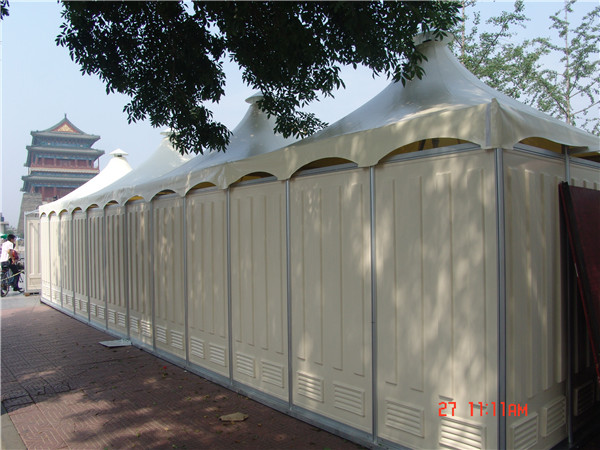Aug . 12, 2024 12:06 Back to list
Applications and Benefits of Thin HDPE Sheets in Various Industries and Projects
The Versatility of Thin HDPE Sheets
High-Density Polyethylene (HDPE) sheets have become a staple in various industries due to their remarkable properties and versatility. Among these, thin HDPE sheets uniquely combine lightweight flexibility with durability, making them ideal for a wide range of applications.
What is HDPE?
HDPE is a thermoplastic polymer made from the monomer ethylene. It is known for its high strength-to-density ratio and is one of the most widely used plastics in the world. The polymer exhibits excellent resistance to impact, chemicals, and moisture, contributing to its popularity in diverse applications. Thin HDPE sheets, typically less than 1/8 inch thick, leverage these properties in a compact form, enhancing their usability in settings where space and weight are critical considerations.
Applications of Thin HDPE Sheets
One of the most common applications of thin HDPE sheets is in the packaging industry. Due to their lightweight nature and barrier properties, these sheets are ideal for packaging food products, medical supplies, and consumer goods. Additionally, their resistance to moisture and chemicals ensures that products remain safe and uncontaminated, which is crucial in industries that require stringent hygiene standards.
In construction and architectural applications, thin HDPE sheets serve several purposes. They can be used as vapor barriers in building projects, helping to prevent moisture accumulation that can lead to mold and structural damage. Their lightweight nature makes them easy to handle and install, streamlining various construction processes.
thin hdpe sheet

Furthermore, thin HDPE sheets have made their mark in the agricultural sector. They are commonly used in greenhouse environments, providing insulation while also allowing for optimal light transmission. Farmers utilize these sheets to create protective barriers that fend off pests while maintaining a suitable growing environment for crops. Their durability ensures they can withstand the rigors of outdoor use while remaining effective over time.
Benefits of Using Thin HDPE Sheets
One of the most significant advantages of thin HDPE sheets is their sustainability. Being recyclable, HDPE can be repurposed at the end of its lifecycle, reducing waste and promoting environmentally friendly practices. The production process of HDPE also uses less energy compared to many other plastics, making it a more sustainable choice for manufacturers.
Additionally, the flexibility of thin HDPE sheets allows them to be customized to fit specific needs. They can be easily cut, shaped, and welded to create products tailored for unique applications. This adaptability is a valuable asset for manufacturers looking to create bespoke solutions for their clients.
Moreover, the cost-effectiveness of thin HDPE sheets cannot be overlooked. Their durability translates to long-lasting performance, reducing the need for frequent replacements and maintenance. As a result, businesses can achieve significant savings over time, making thin HDPE sheets an attractive option for various projects.
Conclusion
In summary, thin HDPE sheets are a versatile and reliable solution across multiple industries, from packaging to agriculture and construction. Their lightweight, durable, and sustainable nature makes them an excellent choice for businesses looking to enhance efficiency and reduce their environmental impact. As industries continue to evolve, the widespread use of thin HDPE sheets is likely to increase, benefiting both manufacturers and consumers alike. Whether it's in creating effective packaging solutions or serving vital roles in construction and agriculture, thin HDPE sheets are set to remain an essential material in the modern world.
-
PVC Grey Sheet for Extraction: Chemical Resistant & Durable
NewsAug.19,2025
-
Durable PVC Pipe Fittings for Plumbing & Irrigation Needs
NewsAug.18,2025
-
HDPE Steel Belt Reinforced Spiral Corrugated Pipe | High Strength
NewsAug.17,2025
-
HDPE Pipe Fittings: Durable, Leak-Proof Solutions
NewsAug.16,2025
-
Premium CPVC Sheet: High-Temp & Chemical Resistant Solutions
NewsAug.15,2025
-
Durable PPR Pipe for Hot & Cold Water Systems - Easy Install
NewsAug.14,2025

